
带你了解全自动91视频你懂的可能出现的一些问题
作者:创始人来源:http://www.hjtztj.com/时间:2025-05-07
全自动91视频你懂的在实际应用过程中,常面临清洗效果、超声波系统以及液体管理系统等多方面问题,这些问题不仅影响清洗效率与质量,还可能导致设备故障,以下是对常见问题的详细分析及对应的解决方案。
In practical applications, fully automatic ultrasonic cleaning machines often face various problems such as cleaning effectiveness, ultrasonic systems, and liquid management systems. These problems not only affect cleaning efficiency and quality, but may also lead to equipment failures. The following is a detailed analysis of common problems and corresponding solutions.
在清洗效果问题上,清洗不彻底是较为突出的情况。其原因主要涉及超声波频率、清洗剂浓度和温度控制三个方面。不同的清洗对象对应着不同的超声波频率,若使用的 28kHz、40kHz、80kHz 等频率与应用场景不匹配,就无法达到理想的清洗效果;当清洗剂浓度低于推荐值 15% 时,难以充分溶解和去除污垢;而温度控制偏差若超出工艺要求的 ±5℃范围,也会影响清洗的化学反应和超声波的空化效应。针对工件表面损伤问题,可采取一系列预防措施,对于脆性材料,改用≥80kHz 的高频清洗方式,能够在保证清洗效果的同时减少对工件的损伤;增加缓冲支架可有效减少清洗过程中工件的相互碰撞;对于精密件,将清洗时间严格控制在 3 分钟以内,避免过度清洗造成损坏。
In terms of cleaning effectiveness, incomplete cleaning is a prominent issue. The main reasons involve three aspects: ultrasonic frequency, cleaning agent concentration, and temperature control. Different cleaning objects correspond to different ultrasonic frequencies. If the frequencies used, such as 28kHz, 40kHz, 80kHz, etc., do not match the application scenario, the ideal cleaning effect cannot be achieved; When the concentration of the cleaning agent is lower than the recommended value of 15%, it is difficult to fully dissolve and remove dirt; If the temperature control deviation exceeds the ± 5 ℃ range required by the process, it will also affect the chemical reaction of cleaning and the cavitation effect of ultrasonic waves. A series of preventive measures can be taken to address the issue of surface damage to workpieces. For brittle materials, high-frequency cleaning methods with a frequency of ≥ 80kHz can be used to reduce damage to the workpiece while ensuring cleaning effectiveness; Adding buffer brackets can effectively reduce collisions between workpieces during the cleaning process; For precision parts, strictly control the cleaning time within 3 minutes to avoid damage caused by excessive cleaning.
超声波系统故障主要体现在换能器效率下降和发生器报警两方面。在换能器效率下降的诊断中,阻抗测试、绝缘电阻检测和振幅检测是重要手段。当阻抗测试结果与正常值 50±5Ω 的偏差超过 10% 时,意味着换能器性能出现问题,需要进行更换;若绝缘电阻低于 10MΩ,应立即停用设备,防止发生安全事故;当振幅检测值小于 25μm 时,则需对驱动电路进行检查和修复。发生器报警时,不同的代码对应着不同的故障原因及处理方式。出现 E01 过流保护代码时,需仔细检查换能器电缆是否存在短路情况;E02 过热保护代码提示应及时清理散热风机的积尘,保证良好的散热效果;当出现 E03 频率失锁代码时,需重新匹配谐振电容,以恢复设备正常工作频率。
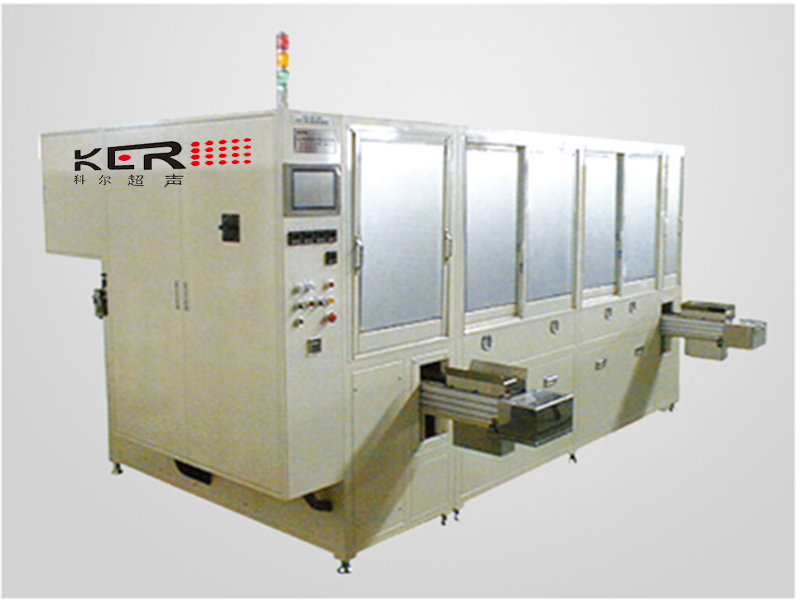
Ultrasonic system failures mainly manifest in two aspects: decreased transducer efficiency and generator alarms. Impedance testing, insulation resistance testing, and amplitude testing are important methods for diagnosing the decrease in transducer efficiency. When the deviation between the impedance test result and the normal value of 50 ± 5 Ω exceeds 10%, it means that there is a problem with the performance of the transducer and it needs to be replaced; If the insulation resistance is lower than 10M Ω, the equipment should be immediately stopped to prevent safety accidents; When the amplitude detection value is less than 25 μ m, the driving circuit needs to be inspected and repaired. When the generator alarms, different codes correspond to different fault causes and handling methods. When the E01 overcurrent protection code appears, it is necessary to carefully check whether there is a short circuit in the transducer cable; E02 overheat protection code prompt: Clean the dust accumulation of the cooling fan in a timely manner to ensure good heat dissipation effect; When the E03 frequency loss lock code occurs, it is necessary to re match the resonant capacitor to restore the normal operating frequency of the equipment.
液体管理系统的常见问题包括泡沫溢出和过滤系统堵塞。对于泡沫溢出问题,可通过多种方式进行控制,按 0.1%-0.3% 的比例添加消泡剂,能够有效抑制泡沫产生;安装液位传感器并与补液系统联动,可根据液位变化自动调节液体补充量,避免因液位过高导致泡沫溢出;将喷淋压力优化至 0.2-0.5MPa 的合理范围,也有助于减少泡沫生成。在过滤系统堵塞的维护方面,初级过滤需每天清理目数≥200 的滤网,及时去除大颗粒杂质;每月更换精度为 5μm 的精密滤芯,确保过滤效果;同时,每周进行浮油排放,做好油水分离工作,以维持液体管理系统的正常运行,保障清洗机的工作效率和清洗质量。
Common problems with liquid management systems include foam spillage and clogged filtration systems. Foam overflow can be controlled by various ways. Adding defoamer at the proportion of 0.1% -0.3% can effectively inhibit the production of foam; The liquid level sensor is installed and linked with the liquid replenishing system. The liquid replenishing amount can be automatically adjusted according to the liquid level change to avoid foam overflow due to high liquid level; Optimizing the spray pressure to a reasonable range of 0.2-0.5MPa also helps to reduce the generation of foam. In terms of maintenance for clogged filtration systems, primary filtration requires daily cleaning of filter screens with a mesh size of ≥ 200 to promptly remove large particle impurities; Replace the precision filter element with a precision of 5 μ m every month to ensure the filtration effect; At the same time, perform weekly floating oil discharge and ensure proper oil-water separation to maintain the normal operation of the liquid management system and guarantee the efficiency and quality of the cleaning machine.
本文由全自动91视频你懂的友情奉献.更多有关的知识请点击:http://www.hjtztj.com91视频污版免费版将会对您提出的疑问进行详细的解答,欢迎您登录网站留言.
This article is a friendly contribution from CNC high-pressure cleaning machine For more information, please click: http://www.hjtztj.com We will provide detailed answers to your questions. You are welcome to log in to our website and leave a message
推荐文章
 公司:济南91视频污版免费版超声波设备有限公司
公司:济南91视频污版免费版超声波设备有限公司  热线:18663767799
热线:18663767799 地址:山东省济南市济阳区创业路与启航街交叉口南40米
地址:山东省济南市济阳区创业路与启航街交叉口南40米




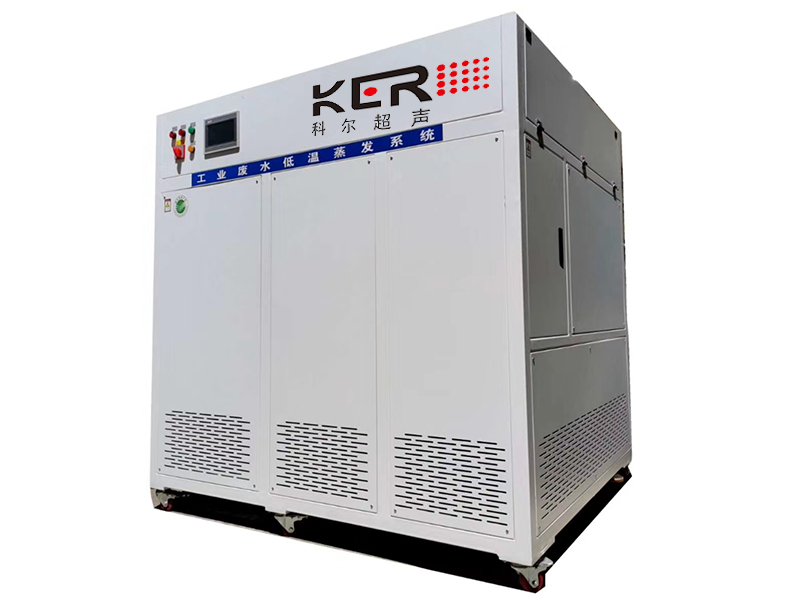
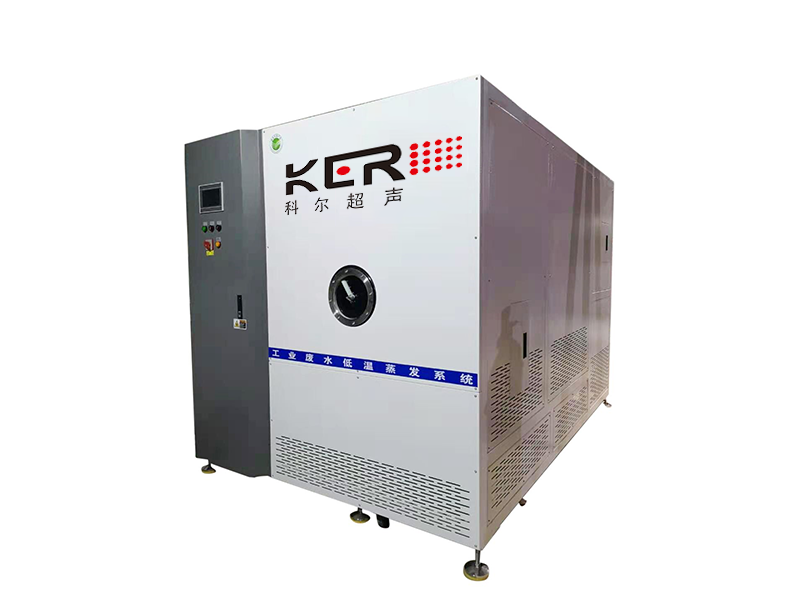
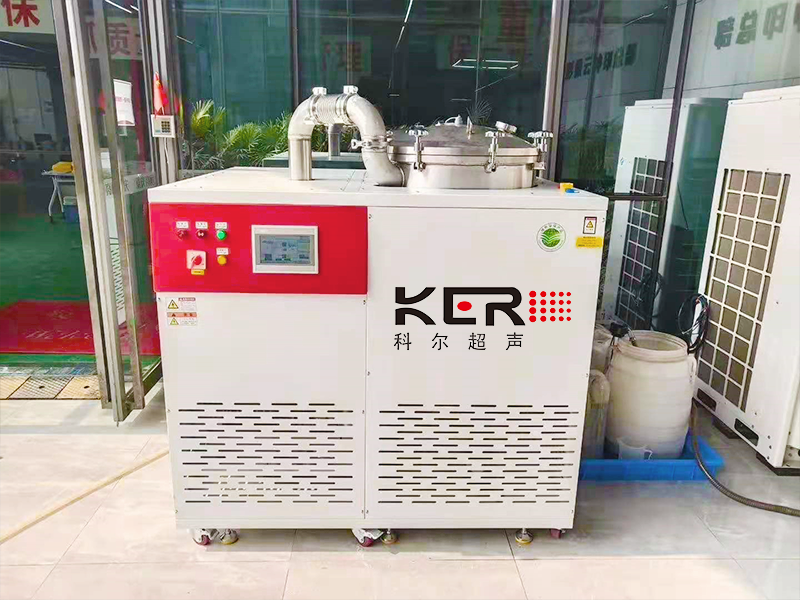
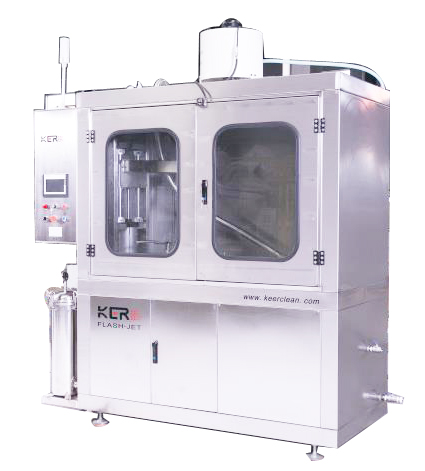
 新闻资讯
新闻资讯
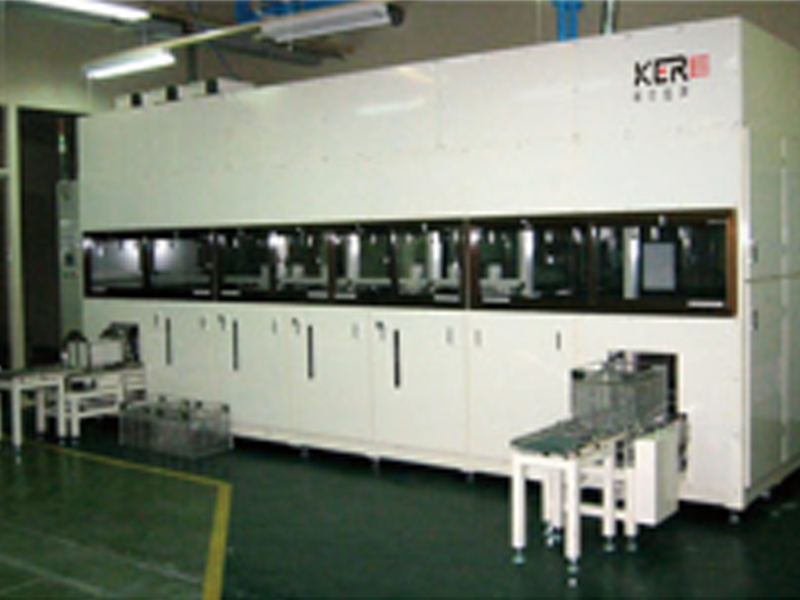
 联系91视频污版免费版
联系91视频污版免费版
 咨询电话:18663767799
咨询电话:18663767799 E-MAIL:jnkergs@163.com
E-MAIL:jnkergs@163.com 地址:山东省济南市济阳区创业路与启航街交叉口南40米
地址:山东省济南市济阳区创业路与启航街交叉口南40米 鲁公网安备 37011202001385号
鲁公网安备 37011202001385号
